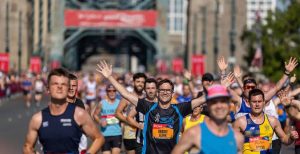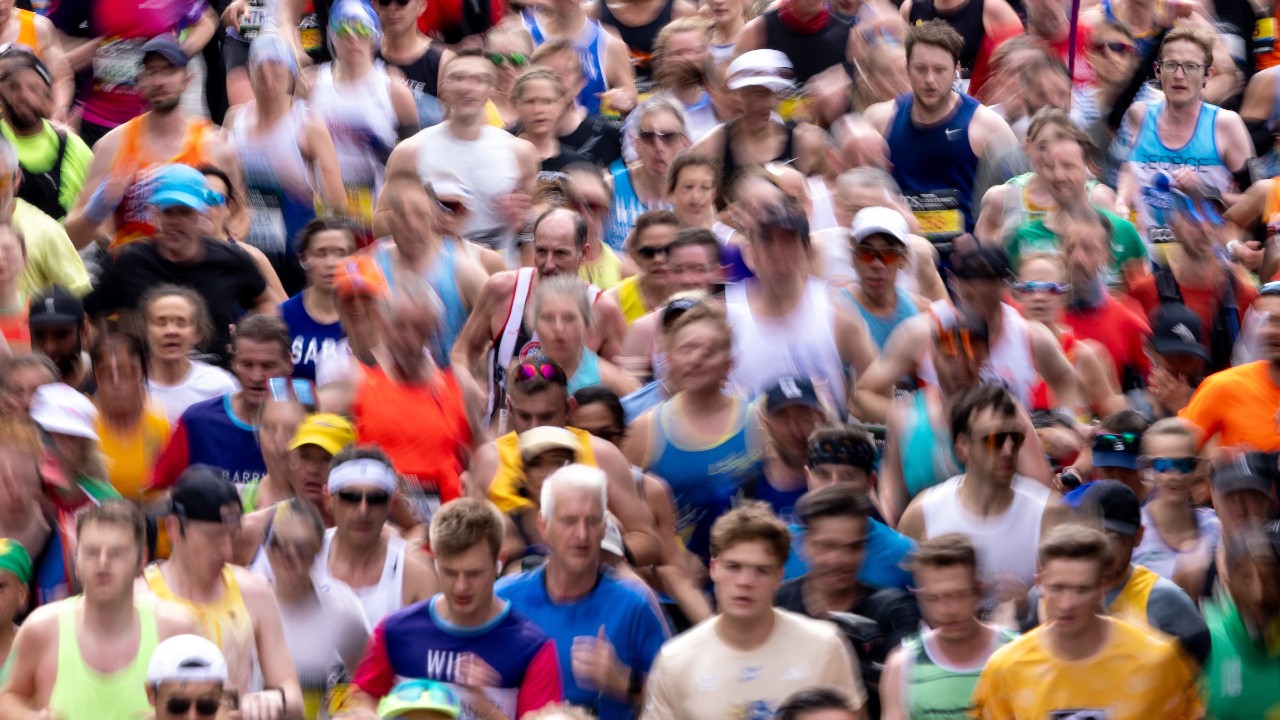
76-year-old marathon World Record holder has the VO2 Max of a 20-year-old
Professional and amateur runners across the globe use multiple methods to analyse their performance on the road, track or trail.
Personal best times, heart rate monitoring and blood lactate testing are just a few of the performance-tracking routes used in the community.

However, in an article for the US Journal of Applied Physiology and US National Library of Medicine from Bas Van Hooran, an applied sports scientist who has multiple peer-reviewed articles published, he analysed the athletic profile of 76-year-old Jeannie Rice – who boasts a plethora of age-group world records from 1,500m to the marathon.
Van Hooran conducted a raft of tests on Rice, six days after her stunning 2024 London Marathon world record of 3:33:27 performance, and highlighted her exceptional VO2 Max as a difference maker.
VO2 Max: 47.9
The abstract of the study, published on 18 February 2025, states it “assessed the cardiorespiratory fitness, running biomechanics, muscle architecture, and training characteristics of a 76-yr-old female runner who currently holds the world record 1,500m to marathon in the women’s 75–79 yr age category.”
To do so, several indicators were measured including “maximum oxygen uptake (VO2 Max), running economy (RE), lactate threshold (LT), lactate turnpoint (LTP), maximal heart rate (HR MAX), and running biomechanics.”
The most impressive finding from the study of Rice was that she boasted a VO2 Max of 47.9 with a HR Max of 180 – the former number the “highest V̇O2 Max ever recorded in females aged >70 yr”. She also showcased “exceptional fractional utilization at metabolic thresholds and marathon speed, comparable to younger world-class distance runners.”
To put a bit of perspective on the study, Rice’s VO2 Max would have put her in the 90th percentile of all females aged 20-29 – according to both the 2013 American College of Sports Medicine and 2022 FRIEND registry.

Modest Running Economy
She provided further impressive numbers in relation to her “fractional utilization of VO2 Max at metabolic thresholds (LT and LTP) and boasted a particularly high marathon speed “comparable with what reported in younger male and female world-class runners and in male masters world-record holders.”
However, her Running Economy measure proved “relatively modest for a world-class runner’ which led to Van Hooran to conclude: “This suggests that her world-class performance may be primarily attributed to a high VO2 Max rather than an exceptional RE. Similarly, the sex difference in marathon performance at this age may be primarily attributed to differences in RE.”
You can read the full study on the US Journal of Applied Physiology or on the US National Library of Medicine website.

Runners at the 2024 London Marathon





